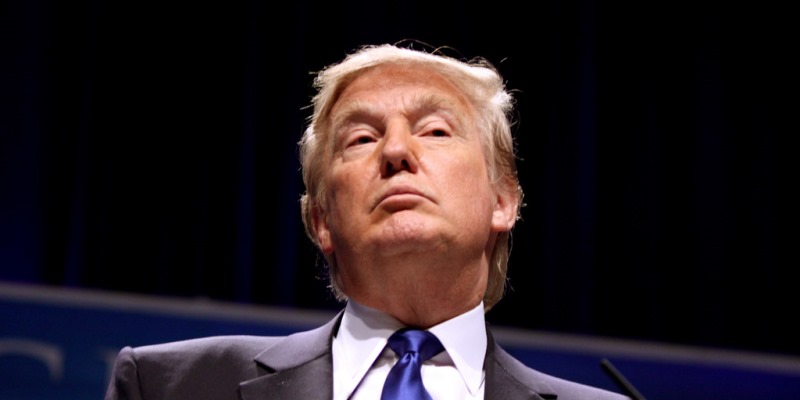Steady as she goes, Professor Phillips (people consume goods and services—not generic output)

We’re trying to get some brickwork done around our front door. But we’re having trouble finding someone to do it. One guy we called said he’s booked to the end of the year. Another said he’d do it but then quoted a price almost three times what we thought the job should cost. To my mind, this is confirmation of the existence of the Phillips Curve, which says that as an economy runs close to its capacity prices tend to rise. If Quebec’s unemployment rate weren’t at its lowest level ever—with “ever” in this case going back to 1976, when our current way of counting unemployment came in—I expect we wouldn’t be having this trouble.
The curve is named after Bill Phillips (1914-75), a New Zealand engineer, crocodile hunter, prisoner of war to Imperial Japan and professor of economics at the London School of Economics. Professor Phillips didn’t discover the link between output and inflation but in 1958 he described it in a journal article and plotted Britain’s inflation/output experience from 1861 through 1957 using the curve that now bears his name.
The Phillips Curve has a bad rap these days. Some people think the relationship no longer holds, and it’s true inflation has been remarkably well behaved in most places despite a decade of sustained growth since the Crash (“well behaved” by our current corrupted standards, that is, by which two per cent a year, or a halving of the value of money every 38 years, is regarded as good). Personally, I doubt the Curve has gone away. I’ve always thought the Phillips relationship was perfectly commonsensical, as my experience trying to find masons suggests. When demand is high, prices are more likely to rise.
What has given the Curve a bad name is the policy inference drawn from it in the early 1960s, namely, that governments could choose where they wanted to be on it, picking whichever was the most politically attractive option: either low unemployment with high inflation or high unemployment with low inflation or something in between. Milton Friedman and others pretty quickly—i.e. by the early 1970s—showed that such a choice simply wasn’t on. The Phillips Curve was not a physical constant. It would move around as people’s expectations about inflation changed. Try to pick a spot on it if you like but that spot soon as not would disappear.
Yet the fact remains: at some stage—though no one knows exactly when—pushing harder on output probably does get you more inflation, not more output. In a speech in Halifax this week, Deputy Governor of the Bank of Canada Lawrence Schembri seemed to suggest—to put words in his mouth—that we’re currently pretty close to the economy’s Phillips Curve sweet spot. Inflation is essentially at the Bank’s two per cent target and, after almost three decades of Bank missionary work, inflation expectations are locked in at that level. At the same time, unemployment is low and the Bank’s estimates of the “output gap”—how far we are from output levels where inflation does start rising—are that the gap is now basically zero: the gap is gone, it has been closed. The Bank obviously could be wrong about that—President Trump thinks the U.S. Federal Reserve is wrong about it—but if it isn’t wrong, the cost of pushing harder would be inflation above two per cent. Deputy Governor Schembri’s presentation included a graph that showed, over the last 15 years, a convincing coincidence between the inflation rate and the output gap—the smaller the output gap, the higher the inflation rate and vice versa.
Schembri did not say “These are the good old days.” There’s an election coming. The Bank is non-partisan. And it doesn’t use tweet-worthy phrases like that in any case. But it did decline in its scheduled interest-rate decision this week to lower its policy rate of interest, the target rate in the overnight market. And that “Steady as she goes!” is the policy equivalent of “For now things are OK.”
The Bank does note that the Trump-China trade war is causing a slowdown in many parts of the world and it remains on the bridge keeping close watch to see what happens next. If a slowdown or even recession does occur, the natural course would be to cut interest rates. That would likely drive the Canadian dollar down and help offset the damage to exports—though not imports, of course, as they’ll be more expensive. If all other central banks are doing that, ours may have no choice, even if competitive devaluation isn’t a good place for the countries of the world to be.
And think of the strange microeconomics of tariff-induced interest rate cuts. A couple of important politicians are—quite willfully—taking sledgehammers to the international trading system, rendering it less productive. Our response to this very real, albeit policy-induced damage is to lower interest rates so as to encourage other kinds of economic activity to expand and make up the difference. In effect: If we can’t take our place in the global production system anymore, let’s increase our consumption or investment or both in order to replace the economic activity we’ve lost. We wanted Chinese-assembled smartphones and computers but if we can’t have those, we’ll take more houses, condos and, if finance ministers get into the act, highways and harbours instead.
In real life, as opposed to macroeconomics, people consume particular goods and services, not generic output. If the trade wars continue, then, as in real war, we’ll end up consuming things that are very much our second, third and even worse choice.

